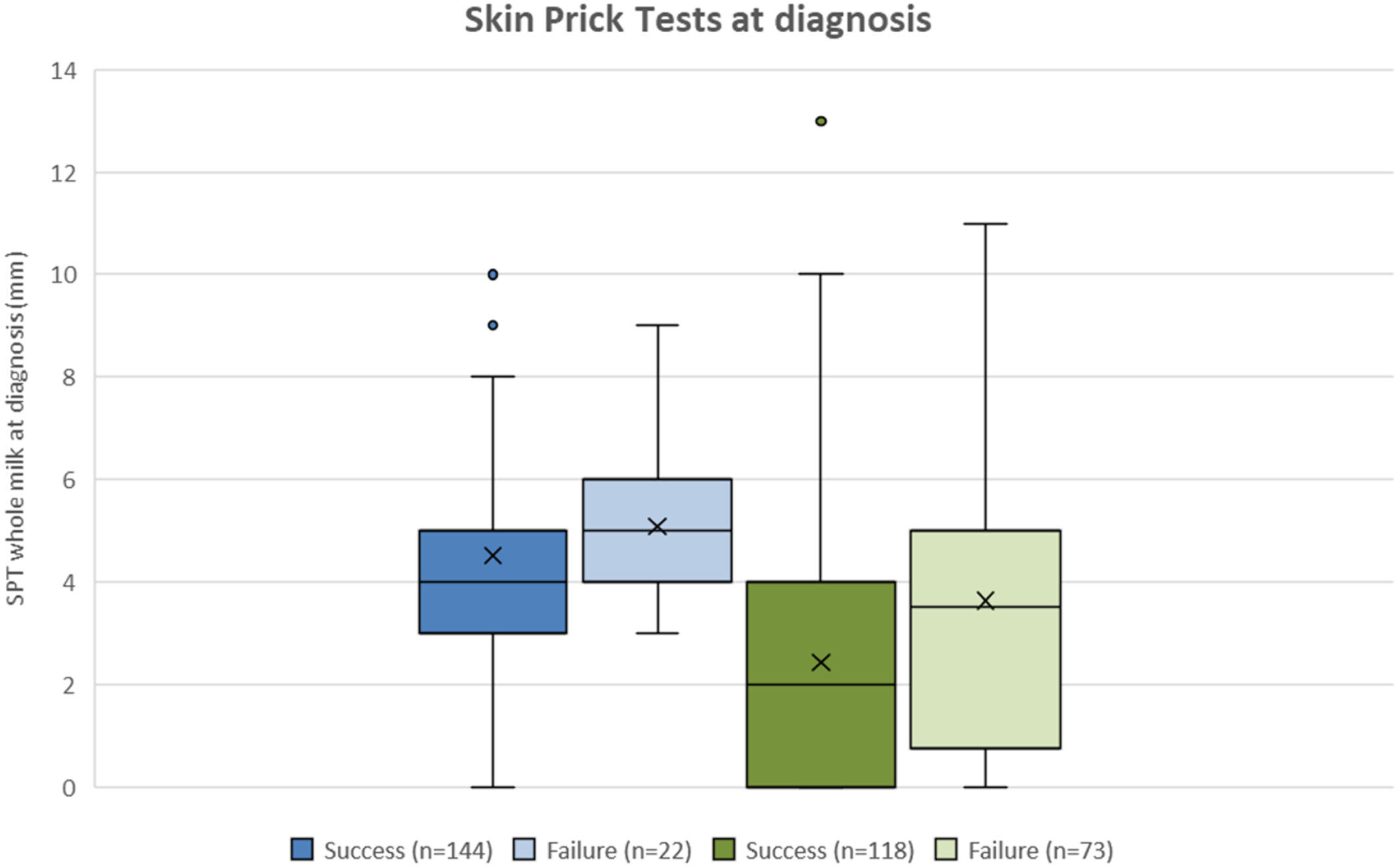
Researchers have demonstrated how a novel approach to managing cow’s milk allergy could transform how food allergies are treated.
Food allergies occur when the immune system reacts abnormally to otherwise harmless food proteins, which can cause immediate symptoms such as vomiting, diarrhea, hives, and respiratory issues. Severe reactions can lead to anaphylaxis, a life-threatening condition requiring emergency medical attention.
Now researchers at the Irish Centre for Maternal and Child Health Research (INFANT) at University College Cork and Cork University Hospital have shown that cow’s milk can be safely and effectively reintroduced to children with milk allergies which affects 2–3% of infants, marking a significant breakthrough in allergy management.
Traditionally, IgE-mediated cow’s milk allergy is managed through strict avoidance of milk in all forms, followed by a series of outpatient appointments and allergy tests, often culminating in a hospital-based milk reintroduction between the ages of 3 to 5 years. This process can be lengthy and stressful for both the patient and their family, requiring extensive time and medical resources.
However, INFANT, UCC researchers have demonstrated that using the “Milk Ladder” method as a step-by-step approach, allows for a home-based reintroduction of milk under the careful supervision of caregivers. This method significantly reduces the need for hospital visits and enables the immune system to gradually become less reactive to milk proteins. Most notably, the children managed with the Milk Ladder were almost 4 times more likely to successfully reintroduce milk compared to those who followed the traditional avoidance approach.
The findings from the study are published in the Journal of Paediatric Allergy and Immunology.
Earlier this year, CUH and UCC were designated a World Allergy Organisation Center of Excellence.
Juan Trujillo, Consultant Paediatric Allergist at Cork University Hospital, University College Cork and the lead researcher on the study, highlighted the impact of food allergies on Irish families, stating, “The diagnosis of food allergy can be life-changing, bringing significant challenges to households, including psychological stress. In Ireland, the three most common food allergies in children under 3 years old are eggs, cow’s milk, and peanuts. Our research aims to support these families, enabling more successful and quicker recoveries.”
Dr. Trujillo also emphasized the importance of Ireland’s role in advancing food allergy management, saying, “Ireland should be proud of being at the forefront of this novel therapy. The Milk Ladder has been used for over a decade and is now the first choice of management for milk allergy across Ireland, thanks to the efforts of my colleague Prof. Jonathan Hourihane at the Royal College of Surgeons of Ireland who introduced this method and supported us in the research. The National Dairy Council and Dairy Research Ireland played a key role in making this research possible”
Dr. Trujillo cautioned against the unnecessary avoidance of certain foods, particularly in young children, as this avoidance of certain food types at the wrong time in their lives can negatively impact their growth and increase the risk of developing food allergies.
He advised, “We strongly recommend consulting with a GP for an appropriate referral and diagnosis and avoid unregulated allergy testing methods”.
More information:
Juan Trujillo et al, A retrospective comparison of IgE‐mediated cow’s milk protein allergy management strategies in pediatric cohorts, Pediatric Allergy and Immunology (2024). DOI: 10.1111/pai.14195
Citation:
New approach to milk allergies promises breakthrough (2024, September 19)
retrieved 21 September 2024
from https://medicalxpress.com/news/2024-09-approach-allergies-breakthrough.html
This document is subject to copyright. Apart from any fair dealing for the purpose of private study or research, no
part may be reproduced without the written permission. The content is provided for information purposes only.

